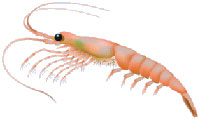
Euphausia superba
There are around 85 krill species, ranging in size from 1cm to 14cm. The dominant species in the southern polar waters is the Antarctic krill (Euphausia superba), a small shrimp-like crustacean which plays a key role in the Antarctic food web. Krill is considered to be a keystone species, as it is the staple food of many fish, birds and mammals in the Southern Ocean. They are exclusively marine and have a life span of about 5 to 10 years. They are one of the most abundant and successful animal species on the planet. The total biomass of krill exceeds that of the human race. Put another way, the combined weight of the planet’s krill population is greater than the combined weight of every man, woman and child on earth...
Read More


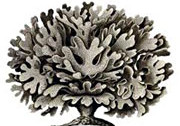
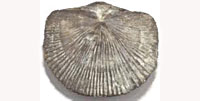

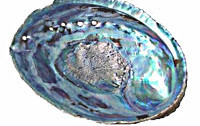
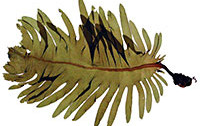
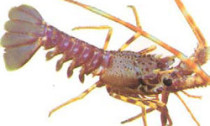


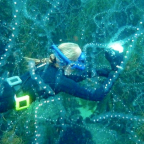

Social Profiles